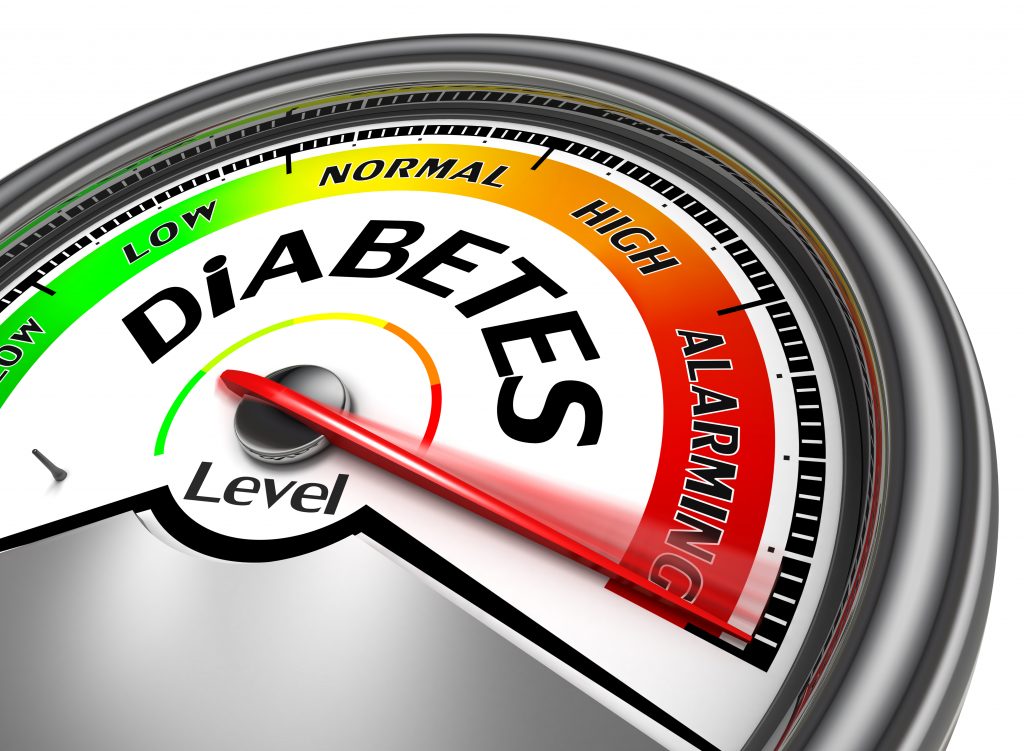There are many misconceptions about diabetes which can be hurtful to those with the disease. This article seeks to dispel those misconceptions and differentiate between the two most common types of diabetes: Type 1 and Type 2.
Type 2 diabetes is by far the most common form of the disease, accounting for approximately 90% of diagnosed cases. Type 1 diabetes accounts for only about 10% of cases.
THE MOST IMPORTANT DIFFERENCE TO NOTE IS THAT TYPE 2 DIABETES IS PREVENTABLE WHEREAS TYPE 1 DIABETES IS NOT.

Those with Type 1 diabetes are generally diagnosed in early childhood or adolescence. It is an auto-immune disease in which the immune system attacks the pancreas and destroys the cells needed for insulin production. This is a lifelong condition without a cure and without preventative measures. Type 1 diabetes requires an insulin pump or insulin injections to stabilize blood glucose levels and make up for the pancreas’ inability to produce insulin on its own.
Type 2 diabetes usually develops in adulthood and has a higher chance of occurring in those who are overweight or lead a sedentary lifestyle. It is becoming increasingly common in children and adolescents due to poor diet, lack of physical activity, and the dependence on processed foods.
When high quantities of food (especially processed or fatty foods) enter the system, more glucose is distributed to the body via the blood. This requires the pancreas to produce higher and higher amounts of insulin to regulate blood sugar levels and allow cells to absorb the glucose. Insulin resistance develops when the body’s need for insulin surpasses the pancreas’ ability to produce it in high enough quantities. Without a change in diet and lifestyle, full-blown Type 2 diabetes can result from insulin resistance.
Family history, genetics, and ethnicity can all be predispositions for Type 2 diabetes. The ethnic groups who have a higher chance of developing Type 2 diabetes are African American, Latino/Hispanic, Native American, and Asian or Pacific Islander. Type 1 diabetes may affect all ethnic groups similarly.

There are four common symptoms of the onset of Type 2 diabetes. If you experience one or more of the following symptoms, you should seek medical advice and be tested for diabetes.
These symptoms are:
- Frequent urination
- Excessive hunger
- Increased thirst
- Unusual weight loss or gain
To prevent or manage Type 2 diabetes, it is important to maintain a healthy diet and lifestyle. Reducing intake of processed foods, exercising regularly, and checking blood glucose levels are several examples of preventative/management measures.

Individuals with Type 1 diabetes will rely on an insulin pump or daily insulin injections for the duration of their lives because the pancreas has lost the ability to produce insulin. Those with Type 2 diabetes can manage their diabetes through lifestyle and diet changes because the pancreas’ function and ability to produce insulin has not been completely compromised. However, if diet and lifestyle adjustments are insufficient to manage Type 2 diabetes, these individuals may need to take oral medication to reduce blood sugar levels or administer frequent insulin injections.
The risk of heart disease and stroke is higher among diabetics. To reduce this risk, a healthy diet full of fruits, vegetables, lean protein, and whole grains, combined with regular exercise, is recommended for all diabetics.
SOURCE: https://www.diabetes.co.uk/difference-between-type1-and-type2-diabetes.html









